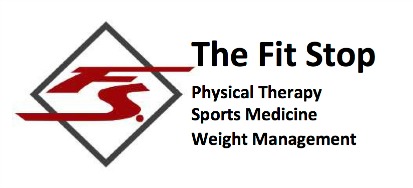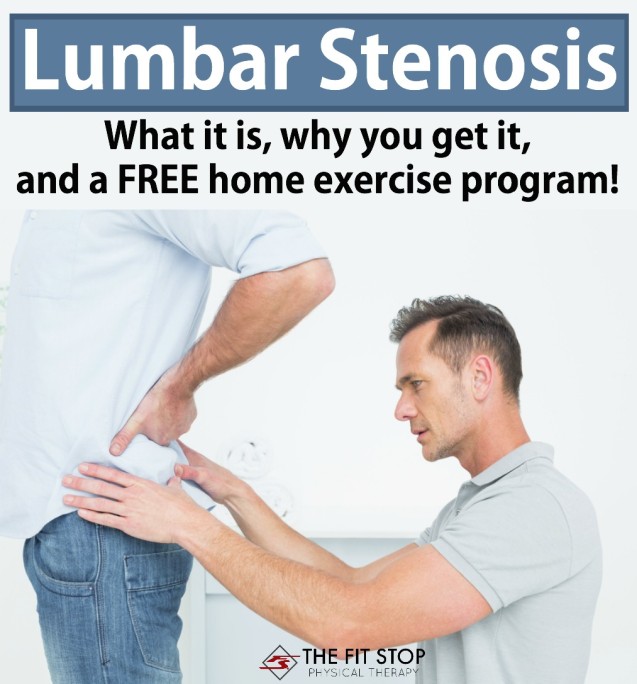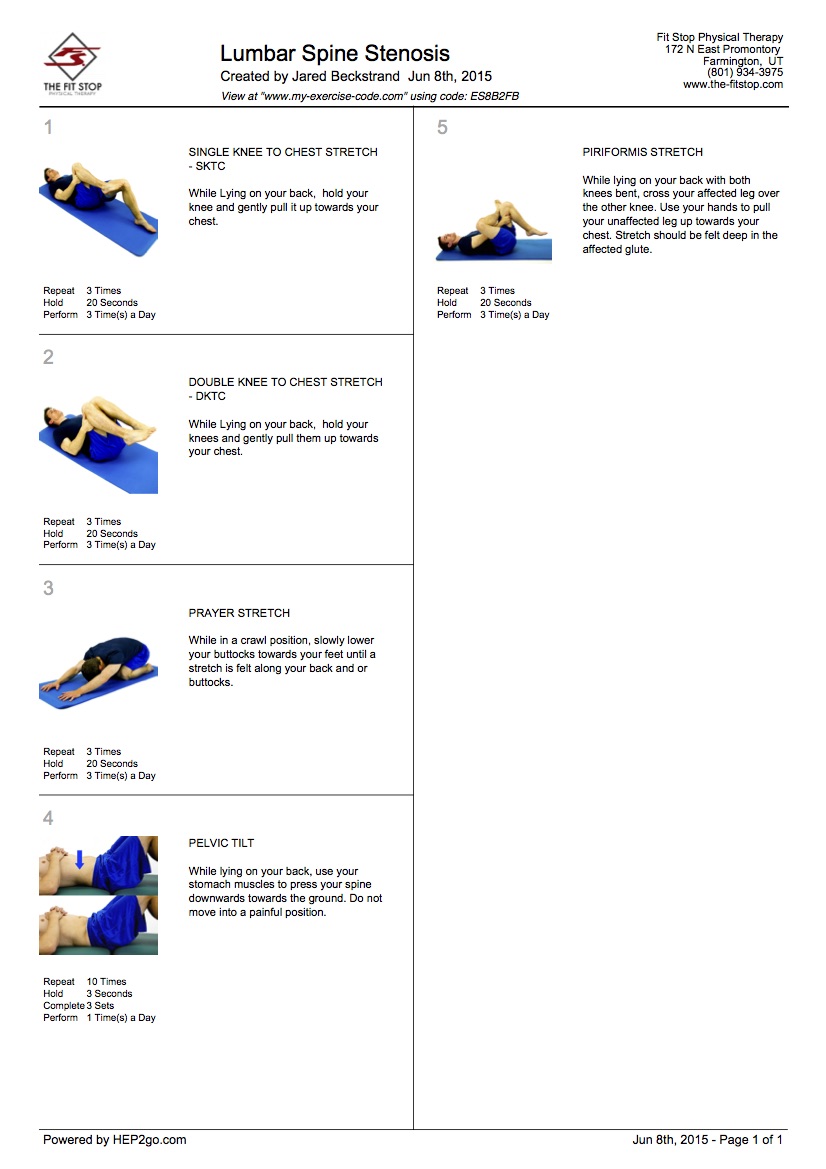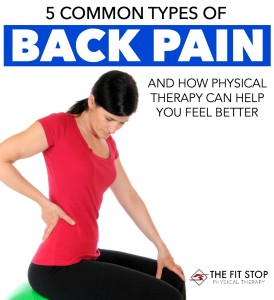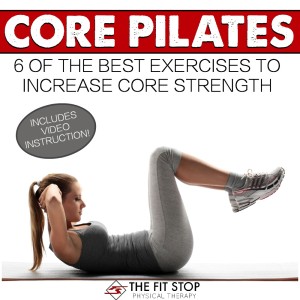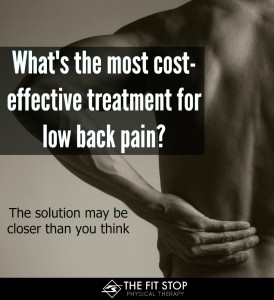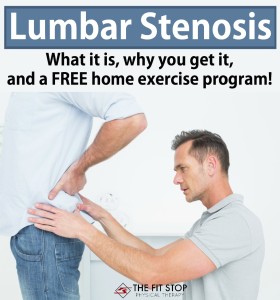What is spinal stenosis and how can PT help?
Who amongst us hasn’t experienced some degree of back pain in their lives? Whether it was after a long weekend doing yard work, lifting up your child, or even just sleeping on it wrong, there are many things that can set off pain in you lower back. In fact, low back pain is one of the most-common complaints that we see as physical therapists. Today, Toby Bluth, DPT, will be discussing one specific type of back pain that typically affects those over 50 years old – stenosis. Dr Bluth explains what stenosis is, why you get it, and even shares 5 of his favorite exercises to decrease pain and symptoms.
Low Back pain is one of the most common impairments treated at Fit Stop Physical Therapy. It has been estimated that 75% of Americans will have some sort of back pain throughout their life. Lumbar spinal stenosis (LSS) is the most common type of low back pain after the age of 55. Stenosis is the word we use to describe any type of “narrowing” that can occur in our spinal column. In the spine, narrowing occurs commonly from any of the following:
* facet joint degeneration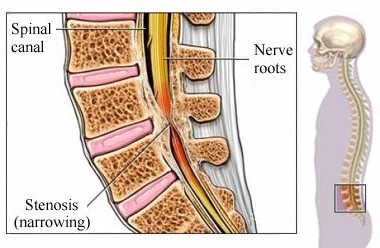
* osteophyte (bone spur) formation
* disc degeneration
* disc bulging and/or herniation
Pain associated with LSS can be quite debilitating and can result in a significant decrease in overall activity. Pain with LSS is usually located in the low back itself, and often results in leg pain because of the pressure that narrowing puts on the nerve roots leaving the spine. Other hallmark symptoms include increased pain with standing and walking, relief with sitting, decreased strength and flexibility in the legs and decreased reflexes in the legs.
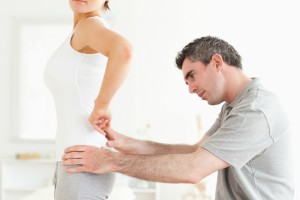 Physical therapy (PT) is a very viable option for treating LSS. In recent years, a good body of literature has been building in favor of PT over surgery for LSS. A study very recently published in the Annals of Internal Medicine on April 7, 2015, demonstrates that PT is just as viable an option for treating LSS as decompression surgery. Patients were randomly assigned to either a surgery group or an evidence-based PT group and followed over the course of two years. After two years, both groups demonstrated similar reductions in pain and other symptoms. Since PT has lower risk and cost associated with it when compared to surgery, it seems it should be considered as the first line of treatment for LSS.
Physical therapy (PT) is a very viable option for treating LSS. In recent years, a good body of literature has been building in favor of PT over surgery for LSS. A study very recently published in the Annals of Internal Medicine on April 7, 2015, demonstrates that PT is just as viable an option for treating LSS as decompression surgery. Patients were randomly assigned to either a surgery group or an evidence-based PT group and followed over the course of two years. After two years, both groups demonstrated similar reductions in pain and other symptoms. Since PT has lower risk and cost associated with it when compared to surgery, it seems it should be considered as the first line of treatment for LSS.
If you fit the bill for lumbar stenosis (over age 50, sitting feels better than standing, bending forward feels better than bending backwards) then there’s a lot that physical therapy can do for you! Strengthening key muscle groups to help hold your back in key positions can offer significant pain relief and increase your activity level. The following is a free home exercise program consisting of exercises we commonly prescribe for our patients with this condition. Click on the picture and it will open in a new tab/window where you can download it to your computer/device. (This home exercise program was generated using www.hep2go.com. This is the best home exercise program generator we have found and it’s free on their website!)
Please keep in mind not all back pain is created equally. While these exercises are ideal for a specific population they may not be the best for all low back pain. The best thing you can do to treat your back pain is to go get it checked out by a healthcare professional. Physical therapists at the Fit Stop are highly trained therapists with specialized training in treating LSS. After a thorough initial evaluation, your therapist will detail a customized plan of care for your LSS. If the plan is followed with consistency, physical therapy will allow you to manage your pain related to LSS, and allow for a more active lifestyle and improved quality of life.
Looking for more information on what physical therapy can do for your low back pain? Here are more of our popular blog posts that can help you out:
Toby Bluth, PT, DPT
Fit Stop Physical Therapy – Heber City
345 West 600 South Suite 200
Heber City, UT 84032
(435) 654-5607
